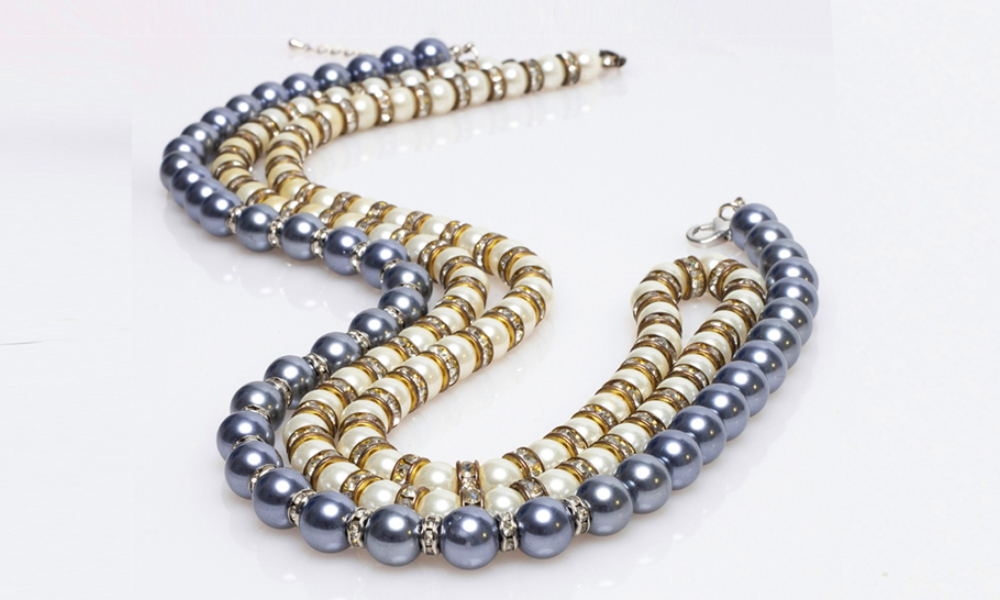Ahead of the upcoming CIBJO Congress 2025 in Paris on 27 October, the CIBJO Pearl Commission, led by Kenneth Scarratt, has released its latest Special Report. The report underscores how scientific research is strengthening trust and transparency in the pearl industry, positioning pearls as potentially the first “nature-positive” gem.
According to Scarratt, the pearl industry today benefits from an “expanding body of scientific expertise” aimed at ensuring it remains one of the most responsible and transparent sectors within the jewellery world.
Contributions to the report came from leading pearl experts including CIBJO Pearl Commission Vice Presidents Peter Bracher and Shigeru Akamatsu, along with Ryuichiro Machizawa, Pierre Fallourd, and research teams from the Gemmological Institute of America (GIA) and Bahrain Institute for Pearls and Gemstones (DANAT).
Pierre Fallourd’s essay, “Paving the way from pearl impact to value,” highlights scientific findings that support the view that responsible pearl farming can yield a net positive impact on marine ecosystems. Research from Japan and Australia shows that pearl cultivation has a relatively low carbon footprint, while pearl-bearing oysters naturally filter excess nutrients that can otherwise lead to ocean degradation such as eutrophication and algal blooms.
The report also offers a first look at CIBJO’s soon-to-be-released Pearl Guide 2025. Expanded from 62 to 267 pages, this comprehensive and richly illustrated reference will be freely available for download on the CIBJO website. It catalogues 43 saltwater pearl-producing bivalves, 23 univalves, and 27 freshwater species—many unfamiliar even to seasoned professionals—covering both nacreous and non-nacreous varieties, along with details on natural and cultured pearls, blisters, and blister pearls.
As the CIBJO Congress approaches, the Pearl Commission’s report reinforces the growing alignment between science, sustainability, and the future of the global pearl industry.

